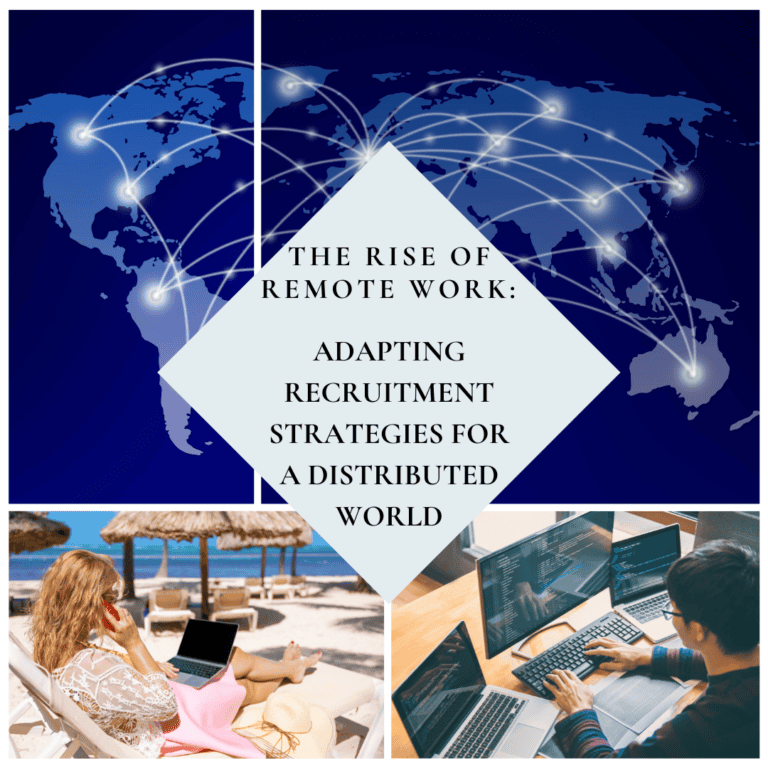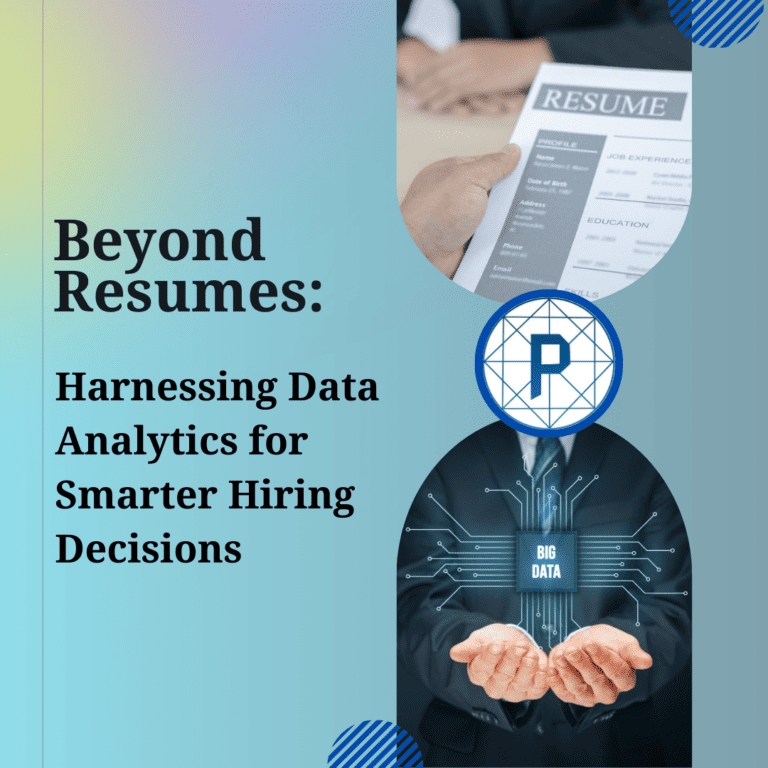How to Differentiate Your Company and Job Postings at Virtual Job Fairs
Gary Chambers
on
May 1, 2024

In today’s competitive job market, virtual job fairs have become a cornerstone for companies looking to attract top talent. These digital platforms offer a unique opportunity to engage with potential employees from a wide geographic area without the logistical challenges of traditional in-person events. However, standing out in a sea of participating organizations and making your job openings appealing requires strategic planning and innovative approaches. Here’s a comprehensive guide to help your organization shine at your next virtual job fair.
Understanding the Virtual Job Fair Environment
Virtual job fairs typically take place on specialized platforms that allow employers to set up virtual booths, chat with candidates, present live webinars, and conduct interviews. The environment is fast-paced, with numerous organizations vying for the attention of job seekers. To effectively navigate this environment, organizations must be proactive and strategically innovative.
Crafting a Compelling Virtual Booth
1. Design an Attractive and Engaging Booth
Your virtual booth is often the first impression you make on job seekers. Make it count by incorporating eye-catching graphics, clear branding, and accessible information. Use high-quality images and videos to convey your company culture and values. An attractive booth can make job seekers more inclined to stop and learn more about what you have to offer.
2. Provide Clear and Concise Information
Simplicity is key in conveying information online. Ensure that your booth is easy to navigate, with straightforward information about your company and open positions. Bullet points, infographics, and short videos can effectively communicate your messages without overwhelming the attendees.
Engaging with Candidates Effectively
1. Utilize Interactive Tools
Virtual job fair platforms like Premier Virtual offer tools like live chat, video interview, webinar capabilities, and experience search function to find candidates that may be a good fit. Spend some time before the event to understand how to use these tools to engage in real-time with candidates. Be responsive and have representatives available to answer questions promptly. This direct interaction can set your organization apart from others that may not be as actively engaging with attendees.
2. Offer Exclusive Content
Provide materials that are exclusive to the job fair attendees, such as downloadable PDFs about career paths within your company, employee testimonials, or videos showcasing a day in the life at your company. Exclusive content not only adds value to your booth but also makes your presence at the fair more memorable.
Making Your Jobs Stand Out
1. Highlight Unique Benefits
Job seekers today are looking for more than just a salary. Highlight unique benefits your company offers, such as remote working options, professional development programs, health and wellness initiatives, or unique corporate culture. These benefits can differentiate your jobs from others.
2. Use Clear and Engaging Job Descriptions
Your job descriptions are crucial in attracting the right candidates. Write clear, concise, and jargon-free descriptions. Highlight the essential qualifications and responsibilities, but also discuss how the role contributes to the company’s goals and mission. This helps candidates see the value and impact of the role.
3. Create Urgency and Excitement
Use language that creates a sense of urgency and excitement about the opportunities. Phrases like “Join a groundbreaking team” or “Help us shape the future” can invoke excitement and prompt action from high-quality candidates.
Leveraging Follow-Up Strategies
1. Prompt Follow-Up
Quick follow-up can significantly impact a candidate’s interest in your organization. After the fair, promptly reach out to candidates who expressed interest or participated in interviews. Personalized emails mentioning specific conversations or points of interest can help make the candidate feel valued and more likely to pursue the opportunity.
2. Keep Engaging
Don’t let your interaction end with the job fair. Continue to engage with potential candidates through various channels. Invite them to join your talent community or follow your company on social media. Regular updates about new opportunities and company news can keep candidates interested long after the fair is over.
Conclusion
Standing out in a virtual job fair requires more than just showing up. It demands a strategic approach to presentation, engagement, and communication. By crafting an attractive and informative virtual booth, engaging effectively with candidates, and making your job opportunities shine, your organization can attract top talent in a competitive market. Remember, the goal is not just to participate but to make a lasting impression that candidates will carry with them as they make their employment decisions.









